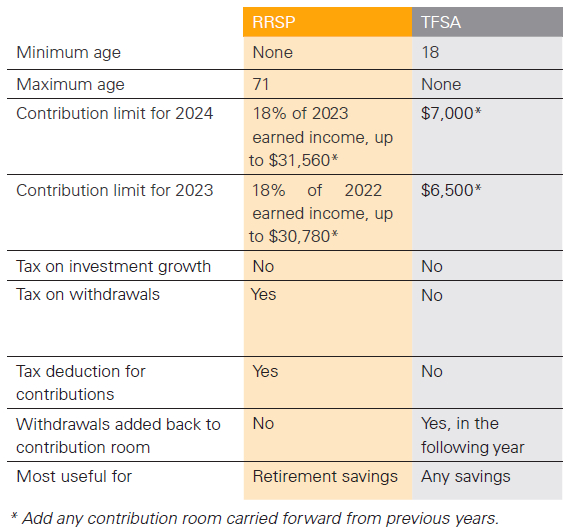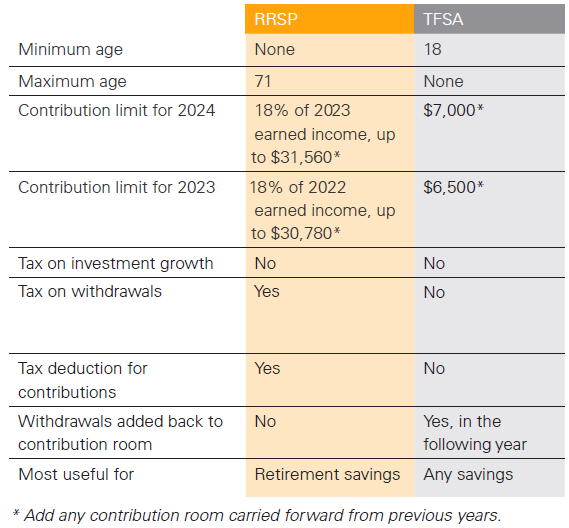PROACTIVE PLANNING
FOR A SOLID FUTURE.
Meet Justin Hayek & Team. We are your partners in achieving financial success and financial security. Our team of seasoned professionals provide personalized wealth management services tailored to your unique goals and aspirations.
With a comprehensive suite of offerings, including investment strategies, retirement planning, and tax optimization, we are committed to guiding you through every stage of your financial journey.
As some of Justin’s clients say:
“Justin has proven his worth by being more than an investment advisor. He tries to bring value to every interaction and is a name to watch in this industry going forward.” - Fabiana Lara, creator of The Next Big Rush
"Justin Hayek has been my investment advisor for over 7 years. I find his market knowledge invaluable. He has helped my portfolio grow, exceeding my expectations. I will continue to take advantage of his expertise and would highly recommend him to anyone looking for a fantastic advisor!" - Chase Shymkiw, Maple Ridge, BC
LATEST NEWS



Our expert team is committed to guiding you towards financial security and prosperity with personalized wealth management solutions. Whether you’re planning for retirement, looking to grow your investments, or seeking comprehensive financial advice, we are here to help you achieve your goals with confidence and clarity.
PRIVATE CLIENT SERVICES
Ventum is a leading independent, Canadian-owned and operated private client and capital markets firm, known for our client-centric approach and entrepreneurial spirit.
Ventum Financial Corp. is a compelling option for investors and corporate clients seeking unbiased advice and unparalleled service.
WE ARE PART OF VENTUM FINANCIAL CORP.
INVESTMENT BANKING
As value-added partners, we deliver best-in-class banking and advisory services.







